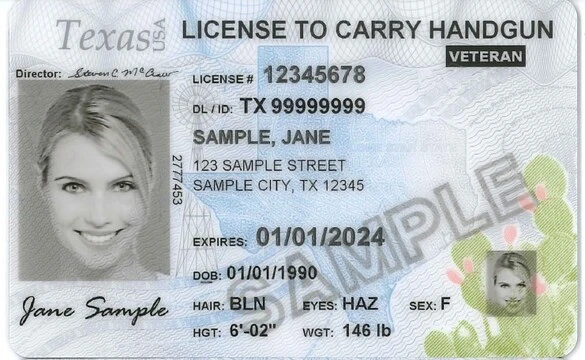The ability to protect yourself is a core aspect of responsible firearm ownership, and for Texas LTC holders, it’s a right enshrined in law. But wielding that right effectively isn’t simply about having a firearm; it's about understanding how to use it appropriately. This means grasping the concept of proportional response in self-defense – a critical element often overlooked but essential for legal and ethical firearm ownership.
Defining Proportional Response
Proportional response in self-defense means using a level of force equal to the immediate threat you face. Think of it as a scale: a minor threat warrants a minor response, while a significant, immediate danger might justify a stronger response. It’s the opposite of using more force than necessary or failing to respond to a genuine threat. For instance, verbally confronting an intruder demanding your wallet is very different than facing an attacker wielding a weapon. A proportionate response in the first scenario might be a firm verbal warning; in the second, it might involve using your firearm to protect yourself.
Why Proportional Response Is Critical in Self-Defense
Understanding proportional response isn't just about doing the ‘right’ thing; it's about protecting yourself from serious legal consequences. Texas law, specifically §9.31 of the penal code, outlines the legal framework for self-defense. It allows you to use force, even deadly force, if you reasonably believe it is necessary to protect yourself from an imminent threat of serious bodily injury or death. However, using force beyond what’s necessary can lead to criminal charges, civil lawsuits, and a significant loss of freedom.
Beyond the legal side, there's an ethical responsibility. Using excessive force can cause unnecessary harm, potentially injuring innocent bystanders or escalating a situation unnecessarily. Responsible firearm ownership means minimizing harm while defending yourself.
Imagine these scenarios: You hear someone trying to kick in your front door. A proportionate response might be sounding the alarm, calling 911, and preparing to defend yourself. However, if the door gives way and an armed individual is attempting to attack you, a proportionate response may involve using your firearm to stop the threat. Conversely, if an angry neighbor is yelling at you across the lawn, using your firearm would be a severe overreaction and likely illegal.
How LTC Training Enhances Proportional Response
Your Texas LTC training provides a foundation for understanding proportional response. Core components of a good LTC course include:
- Threat Assessment: Learning to quickly analyze situations and identify potential dangers.
- De-escalation Techniques: Understanding how to diffuse tense situations through verbal communication.
- Force Escalation: Recognizing the spectrum of force, from verbal warnings to physical intervention to deadly force.
- Legal Boundaries: A thorough review of Texas self-defense laws, including when you are justified in using force.
Many LTC courses also incorporate scenario-based drills. These drills simulate real-world situations, allowing you to practice assessing threats and deciding on the appropriate level of response. This practical experience is invaluable in developing the critical thinking skills needed to react effectively under pressure.
Common Misconceptions Addressed
Let’s tackle some common misunderstandings about proportional response:
- Myth 1: “More force = better self-defense.” This is false. Using excessive force can lead to legal trouble and unnecessary injury. Effective self-defense is about using just enough force to neutralize the threat.
- Myth 2: “Proportional response is weakness.” Quite the opposite! It demonstrates restraint, good judgment, and the ability to assess a situation calmly. Using only the necessary force displays strength and control.
The core of proportional response isn’t about avoiding a fight; it's about winning it with the least amount of force necessary while staying within the bounds of the law.
Real-World Relevance for Texas Citizens
Let’s consider a few Texas-specific examples:
- Scenario 1: Home Invasion: You return home to find an intruder attempting to steal your belongings. A proportionate response might involve yelling at them to leave, calling 911, and preparing to defend yourself. If they become aggressive, the response could escalate.
- Scenario 2: Road Rage: An angry driver cuts you off and begins yelling threats. A proportionate response would be ignoring them and safely continuing to your destination. Pulling your firearm would be an inappropriate and illegal response.
Remember, the law requires a reasonable belief of imminent danger. A past threat doesn’t automatically justify the use of force.
The Solution is More Training
Protecting yourself is a serious responsibility. Your Texas LTC provides a vital starting point, but ongoing education is essential. Consider advanced training courses that focus on scenario-based drills and ethical decision-making.
Put it in Practice
Understanding and practicing proportional response is crucial for responsible firearm ownership in Texas. It’s not just about having a License to Carry; it’s about carrying it with the knowledge, skills, and ethical judgment to protect yourself and others legally and responsibly. By prioritizing training and thoughtful decision-making, you can ensure that you are prepared to handle any situation with confidence and clarity.




